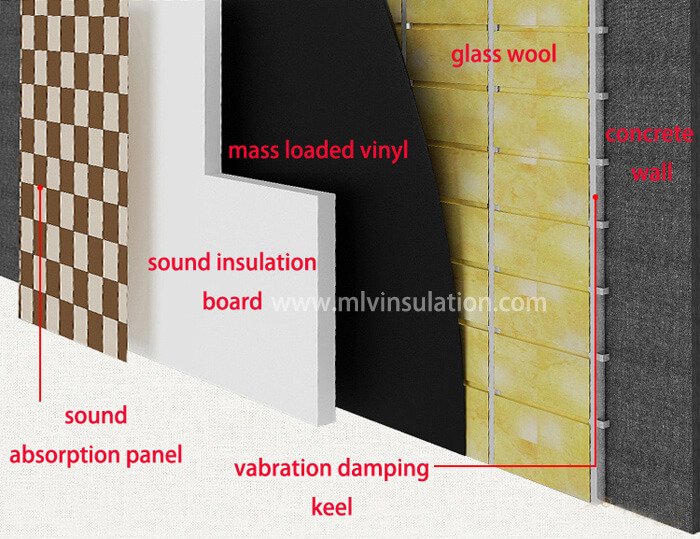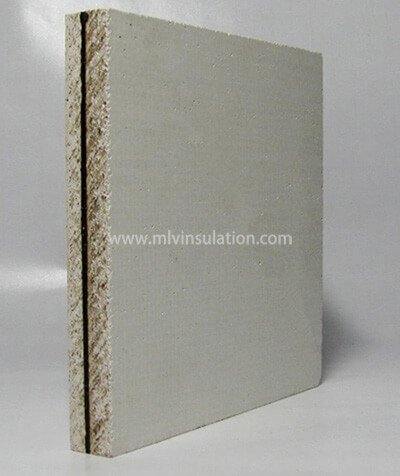
Sound Proof Material
Before we talk about the different sound proof materials, we need to understand “NRC” and “Rw”. NRC represents the noise reduction coefficient, which is a rating that evaluates the effectiveness of sound blocking material in absorbing sound and avoiding reverberation throughout the room.
NRC ranges from 0, which means that all sounds are reflected, to 1, which means absorbing all the sounds. This may sound strange, but sound proof material may actually have an NRC value higher than 1, depending on the shape and surface area. NRC takes into account many of the sound-related factors, including decibels, frequencies and transmissions, but what you really need to know is that the higher the NRC, the better the material absorbs the sound.
The other term is Rw (similar to STC) and still the higher the better. NRC is more popular used to measure absorptive material, while Rw is more popular to rate sound insulation material.
Glass wool insulation
Glass fiber is the most common and traditional insulation form. Although new sound deadening material for walls and ceilings are being developed every year, fiberglass is still one of the most common forms of insulation, mainly because of its low cost. How effective is this sound proof material? The 3.5 inch fiberglass insulation has an NRC value of .9 to .95. It’s pretty good, but there are better (though more expensive) options.
Polyester wool insulation
Polyester acoustic wool is created as an alternative sound proof material to glass wool since glass wool has it’s drawback which are causing itchy when touched and may degrade and release harmful dust. Polyester wool has similar acoustic performance without the drawback.
MLV sound proof material
This is one of the most commonly used sound reduction materials used when stopping sound is the primary task. Mass loaded vinyl (MLV) is a thin, high-density material that is usually pasted in the studio and theater along the walls. It can also be pipe covers or floor soundproofing material. It adds mass to a wall to absorb the sound and reduce the amount that escapes to the outside. Again, the Rw value will vary with the product, but most 3mm thick strips will remain at 25dB.
Sound damping board
One of the most common and effective ways to stop noise is to install soundproof panels, which is a composite sound proof material consists of MgO and mass loaded vinyl. The price and performance of these boards are different, but most are quite affordable and will provide Rw value above about 30-35dB.

Related Products
noise board ultra
acoustic panels
soundproof panels
For more information about sound proof material for floor, please visit articles below:
The Importance of Sound Proof Floor Mats in Soundproofing
Acoustic Insulation for Floors: Benefits and Installation Tips
Sound Insulation for Floor of Gym: Noise Control and Impact Absorption
Exploring Different Types of Soundproof Floor Underlayment Materials
Common Myths about Acoustic Floor Underlayment Debunked
Understanding the Benefits of Sound Proof Mat for Floor in Commercial Spaces









